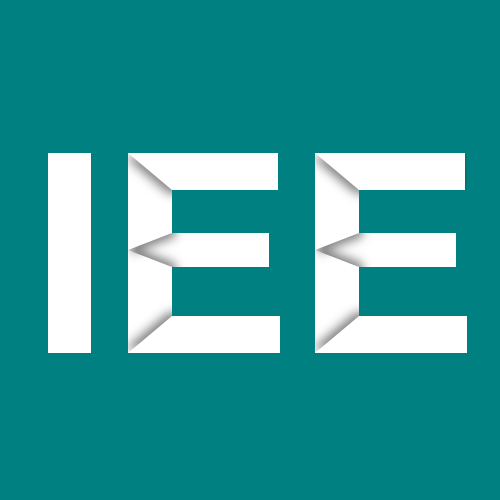BNetzA – Report to determine the necessary network development in the German transmission system
Originally, the German electricity sector was primarily based on a system with large-scale power plants close to consumption and their mutual backup. This system is increasingly being replaced by a system in which generating is volatile in time, supply-dependent, and where power plants are remote from load centres. Along with this development, the network side transforms from an interconnected European grid system into a European transmission system, i.e. a network with directed power transmission and new functional system elements.
As part of the report, the following questions in particular were addressed to the Graz University of Technology:
- Vulnerability analysis and specification of requirements for the transmission network for three predefined scenarios, each of them with eight grid usage cases
- Analysis on the impact and benefit of controllable system elements on the electricity system
- Determining grid expansion requirements taking into account the (n-1) reliability for the reference case 380-kV three-phase supply expansion
- Determining grid expansion requirements taking into account the (n-1) reliability for different versions of transport corridors
- Available transmission technologies



